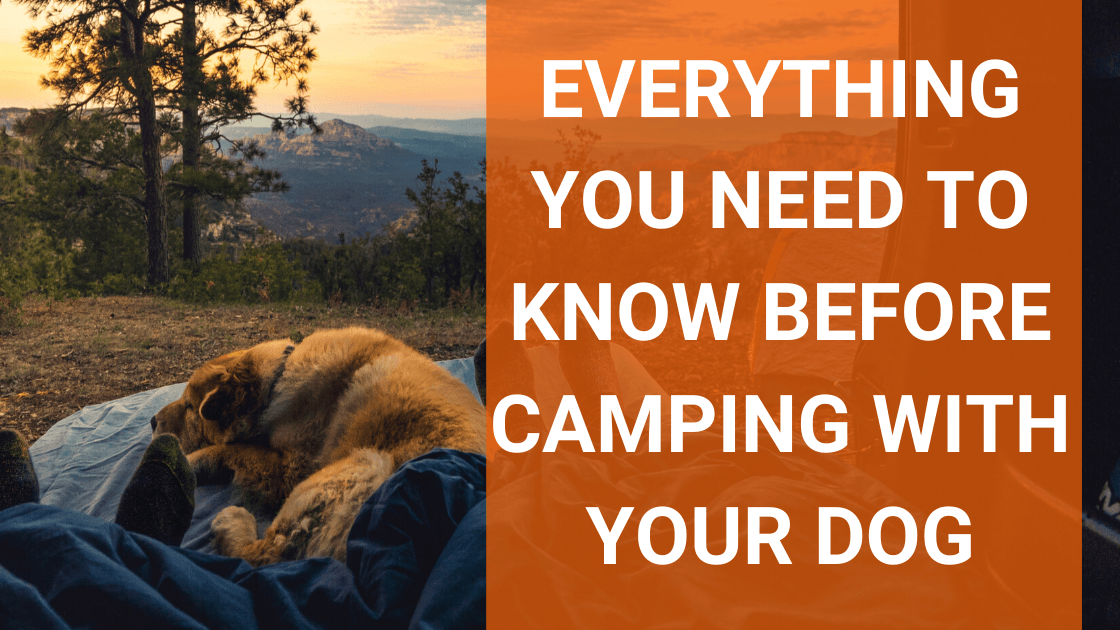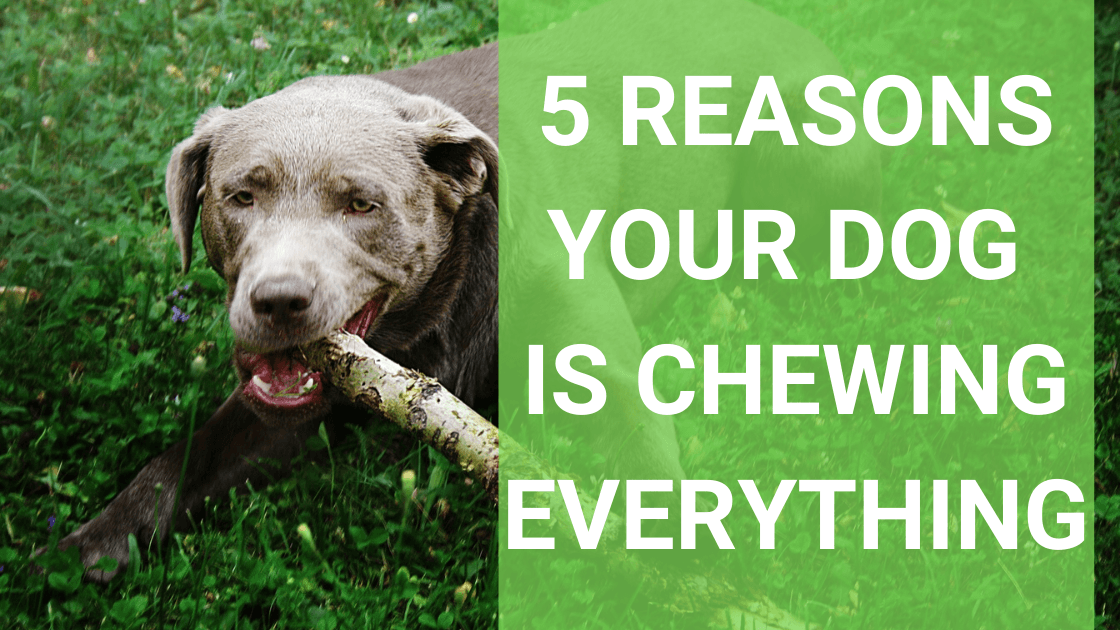As a dog owner, you already know that dogs love to chew. But today we’re going to talk specifically about why dogs like bones so much. I know that when we want our dogs occupied for a couple of hours, a frozen marrow bone from the butcher department seriously does the trick.
You see, all dogs have an intrinsic desire to chew. It’s a behavior that’s built into them to help strengthen their jaw, keep their teeth clean, and keep their mind sharp. This just might explain why a bored dog tends to destructively chew a lot, am I right?
But no matter how many awesome chew toys are around, bones take the cake for so many dogs. Even after the bits of marrow or meat have been cleaned away, dogs happily sit and work their bone for hours. Some even revisit the bone over the course of a few days, or bury it as a treat for a later date.
So, why do dogs like bones? In short, it’s the host of benefits they provide, the mental stimulation, and the taste! Read on to find out the details.
Why do dogs like bones?
1. Bone marrow
The marrow found in raw animal bones is high in fat, making it a nutrient-dense and delicious snack for your dog. Our dog’s ancestors relied on the marrow to survive due to its high fat and calorie content. But in addition to the fatty marrow deposits inside the bone, even the bone itself contains fat. Fat is what holds together the minerals that make up the bone’s structure.
What’s more, adding healthy fat to your dog’s diet can help improve their skin and coat.
2. Fresh meat
Raw bones often have small bits of fresh meat or tendons attached to them, and dogs love the challenge of getting every last bit off of a bone. Its equal parts mental stimulation and delicious.
3. Calcium and other nutrients
In addition to the fat found in bone marrow, the bone itself is a source of essential nutrients. Today’s dogs typically get everything they need from their dog food, but their ancestors would have relied on bones as a source of calcium phosphate and other trace minerals. So, again, thanks to their history, your dog still instinctively chews bones to get those benefits.
Interestingly, your modern dog may still benefit from raw bones as a source of calcium phosphate. The calcium found in bones may be more easily absorbed by your dog than other sources. If your vet has recommended a calcium supplement for your dog, or you have a large breed puppy that can benefit from more calcium because of their rapid growth, raw bones are a great choice!
4. Digestive health
Raw bones can help keep your dog’s bowel movements regular and clean their digestive tract. Basically, as your dog chews and breaks down their bone, it adds roughage to their diet. In turn, this also helps your dog naturally express their anal glands.
5. Prevents plaque build-up
Chewing is one of your dog’s most effective defenses against plaque and tartar. After all, dogs in the wild didn’t have owners to diligently brush their teeth a few times a month, right? When your dog chews on raw bones it scrapes away the build-up that’s already there.
What’s more, chewing on natural, raw bones stimulates salvia production and the production of enzymes in the salvia that are responsible for keeping your dog’s teeth and gums clean.
Related Reading: How to Clean Your Dog’s Teeth Without Brushing Them
6. Stimulates them mentally
One of the biggest reasons domestic dogs like bones so much? It’s something to do! Chewing is a go-to for many dogs as a boredom buster and source of stimulation. Certain dogs and breeds are more drawn to chewing than others, but they all do it from time to time!
You can read more about why your dog is chewing on everything. And hopefully with the following safety tips, channel that chewing towards bones or safe and effective chew toys.
Is it okay to give my dog a bone?
So you may notice your dog loves bones, but in the back of your mind, you may be wondering if it’s okay to give your dog a bone. The quick answer is yes, but there are definitely some safety precautions and caveats to keep in mind.
The biggest things to be aware of are:
- The potential choking risk associated with bones as they become smaller
- Potential for smaller chunks or splinters of bones to be swallowed and create a blockage
- Splintered bones or sharp edges causing a laceration or puncture to your dog’s mouth
- Concern about bones being too hard and potentially breaking or cracking your dog’s teeth
Related Reading: First Aid for Dogs
Dog bone safety tips
- Never give your dog cooked bones. Cooked bones can splinter and break easily upping the potential for safety risks
- Opt for raw bones from chickens, turkey, lamb or beef. These bones are fine for chewing and ingesting
- Stay away from pork or rib bones
- Only give your dog a bone when you are home to watch them
- Know what kind of chewer you have. Some large dogs can handle smaller bones because of their chewing style, other large dogs need a very large bone to keep them safe and it should be taken away once it’s small enough to fit in their mouth
- Take bones away when they are small enough to be swallowed or pose a choking risk
- Watch for signs of aggression when you give your dog(s) bones. Sometimes, bones can bring out aggressive or possessive behaviors in otherwise docile dogs
- Refrigerate raw bones when your dog is not chewing them, and discard the bone after a few days. This lowers the risk of bacterial illness
- Keep in mind that rawhides, which are often lumped into the bone category post their own set of safety risks, read more about rawhide safety here
What raw bones can I feed my dog?
If you decide to give your dog a raw bone treat, a trip to the meat department of your grocery store or local butcher is the perfect place to start! Here are some recommended bones that work well for dogs:
- Chicken necks
- Lamb necks
- Turkey necks
- Elk necks
- Beef knuckles
- Meaty beef femurs
- Duck feet
- Turkey Feet
- Pork ears
- Lamb ears
- Cow ears
- Marrow bones
Throw ‘em a bone
So there you have it! Why do dogs like bones? A whole bunch of reasons that are largely rooted in their ancestry. But now you know why they like them AND that giving your dog a bone doesn’t have to be scary. It’s actually a great way to provide mental stimulation and excitement to your dog’s day!
Use the safety tips outlined above and dip your toes into the world of raw bones for your dog. They’re going to love it.
Sources:



